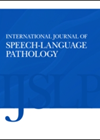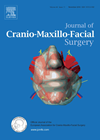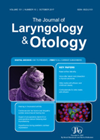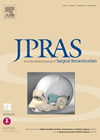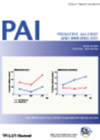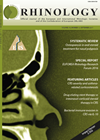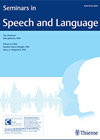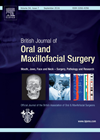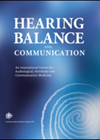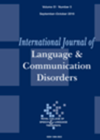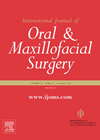
Journal Reviews archive for 2017
Positive practical communication skills for medics
Communication training for medical students generally focuses on communicating with unimpaired individuals. This article describes how a speech and language therapy department at the University of Gothenburg in Sweden trialled a new approach to teaching medical students. Fifty-nine undergraduate medical...
Reconstruction with scapular tip following hemimaxillectomy and rehabilitation with dental implants
Post ablative defects in the maxilla can be extremely complex, involve all three dimensions and may result in significant morbidity. Rehabilitation may be difficult with either an obturator or surgical reconstruction with a free fibula, Iliac crest or scapula. This...
Does endoscopic stapling for pharyngeal pouch supersede open repair?
Endoscopic stapling for pharyngeal pouch is generally considered to be less invasive, safe and with fewer complications, resulting in quicker recovery and a shorter hospital stay. Whether these factors hold in the long-term follow-up is the subject of this interesting...
Can WhatsApp aid surgical team communication?
This plastic surgery team discuss their experience with using WhatsApp instant messaging over the last three years. WhatsApp is now commonplace amongst surgical teams in hospitals, for both social and business interactions. In the authors’ experience, WhatsApp allows team discussions...
Growing up smelling the roses
How often do we ask about sense of smell in children? Undoubtedly, the olfactory function is seldom formally assessed in the paediatric population, although evidence exists to suggest its potential links with handicap in children’s learning and development. This large...
Using SNOT-22 to predict revision sinus cases
A simple way of predicting which patients will require revision endoscopic surgery does not yet exist. This study, which is a prospective, longitudinal cohort study, part of the UK national audit, aims to predict this by using a relatively simple,...
Imagine a future without hearing loss
This article reflects on both the past 20 years and the next 20 years of research and service provision for children who are deaf or hard of hearing. The authors describe how universal newborn hearing screens have had a dramatic...
A multidisciplinary approach to the management of frontal sinus fracture
Frontal sinus fractures account for about 5% of all facial trauma. Fractures of the posterior wall may result in cerebrospinal fluid (CSF) leak and meningitis, while obstruction of the outflow tract can cause sinusitis and mucocele formation. However, there are...
Cochlear microphonics in children
Cochlear microphonics (CM) are generated mainly from outer hair cells and are routinely tested in children with hearing loss in some parts of the world. In this retrospective study, the aim was to compare the cochlear microphonics features (mainly CM...
Comparison of linguistic profiles in three groups of children with hearing loss and specific language impairment
Spoken language deficits in children with hearing loss early in life are attributed to auditory speech perception limitations. It is assumed that hearing following cochlear implants (CIs) will improve these language deficits. However, the studies have shown that although cochlear...
Honey in the management of mucositis
This is a meta-analysis of randomised controlled trials. Despite some limitations, they were able to identify that honey could reduce the severity of radio/chemotherapy induced oral mucositis. They acknowledge that the exact aetiology in the effect of honey is not...
Role of intranasal steroids after radiotherapy for nasopharyngeal carcinoma
Rhinosinusitis often follows radiotherapy in the treatment of carcinoma of the nasopharynx. The interval and severity may vary with the dose of radiation and stage of the carcinoma. In this randomised, controlled study, patients who developed rhinosinusitis after radiotherapy treatment...

